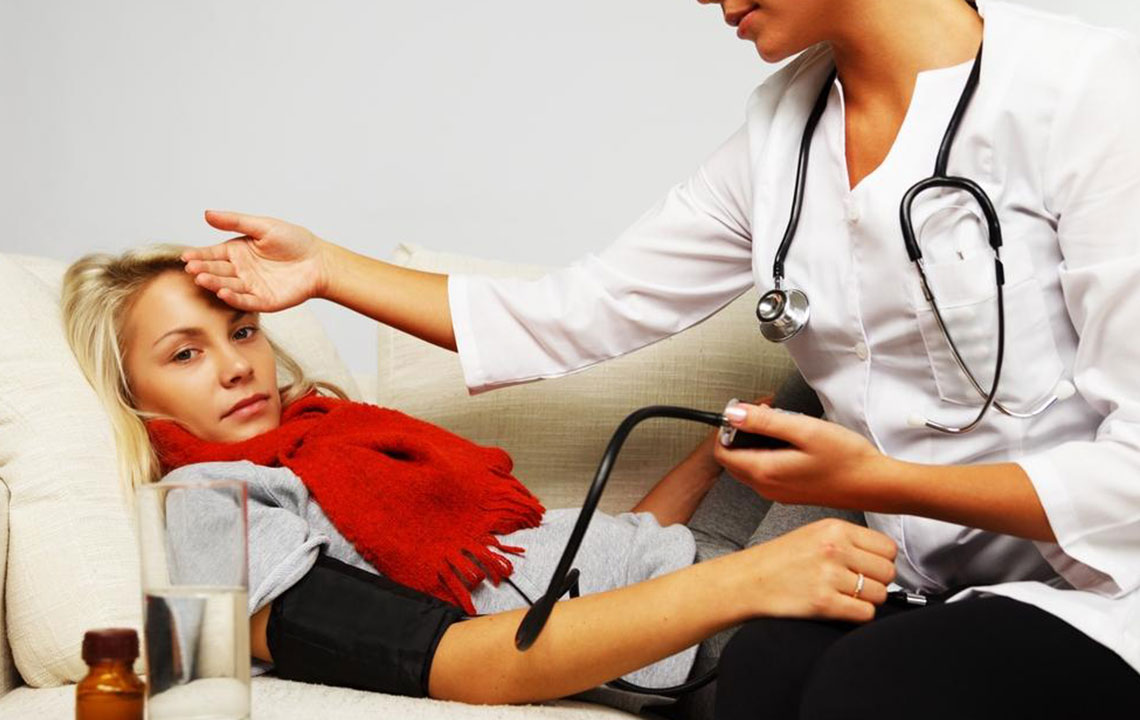Pneumonia: Symptoms, diagnosis, and treatment
One can get infected with pneumonia from many sources. The source of an infection helps the diagnosis as there are some organisms specific to the sources. Even hospitals and health care institutions which cater to long-term nursing for chronic illness, old age, etc. generally have infecting agents that sometimes are drug resistant.

The common pneumonia symptoms may include
– Pain in the chest when you breathe or cough
– A cough , which may produce phlegm
– Fever, sweating, or shivering
– Fatigue
– Lower body temperatures (this is mainly found in adults age 65 and above and those with weak immune systems)
– Vomiting, nausea, or diarrhea
– Shortness of breath
Diagnosis of pneumonia symptoms is aided by the history of the case and physical examination, especially an auscultation of the lungs which gives an accurate idea of the location of the infection. An X-ray would confirm the locality and extent of the infection. To identify the infecting agent, a blood test and sputum brought up by a deep cough is subjected to pathological tests. Pneumonia interferes with oxygen transfers thereby reducing the oxygen levels in the blood. The level of oxygen in the blood is estimated by pulse oximetry. If the patient is aged above 65 yrs, is admitted to a hospital, and has other serious health issues, additional tests may be prescribed. A CT scan may be asked for if the infection is taking more time to clear. This helps the doctor to have greater clarity about the lung condition. He may order a pleural fluid culture to accurately determine the causative agent.
The treatment approach for pneumonia symptoms is primarily decided on the basis of the infecting organism. Generally, community-acquired pneumonia is easy to treat while hospital- and healthcare unit-acquired are most difficult as they are more drug resistant. Antibiotics can be prescribed on the basis of the infecting agent. The other commonly-used drugs are cough medicines, anti pyretic, and anodynes to keep the fever and body aches under control. In the case of fungal infections, antifungal medicines will be prescribed after examining a culture of the fluid from the lung or sputum culture. In viral pneumonia, however, the approach is to subdue the fever and bodily discomfort and allow the disease to run its course. Cases of community-acquired pneumonia can often be treated at home. Hospitalization is required only where risks of complications are high.











